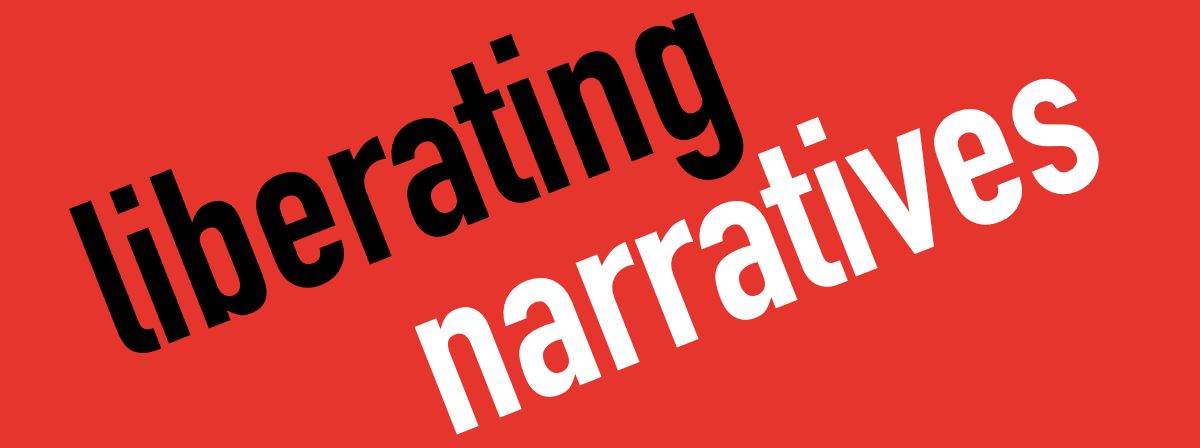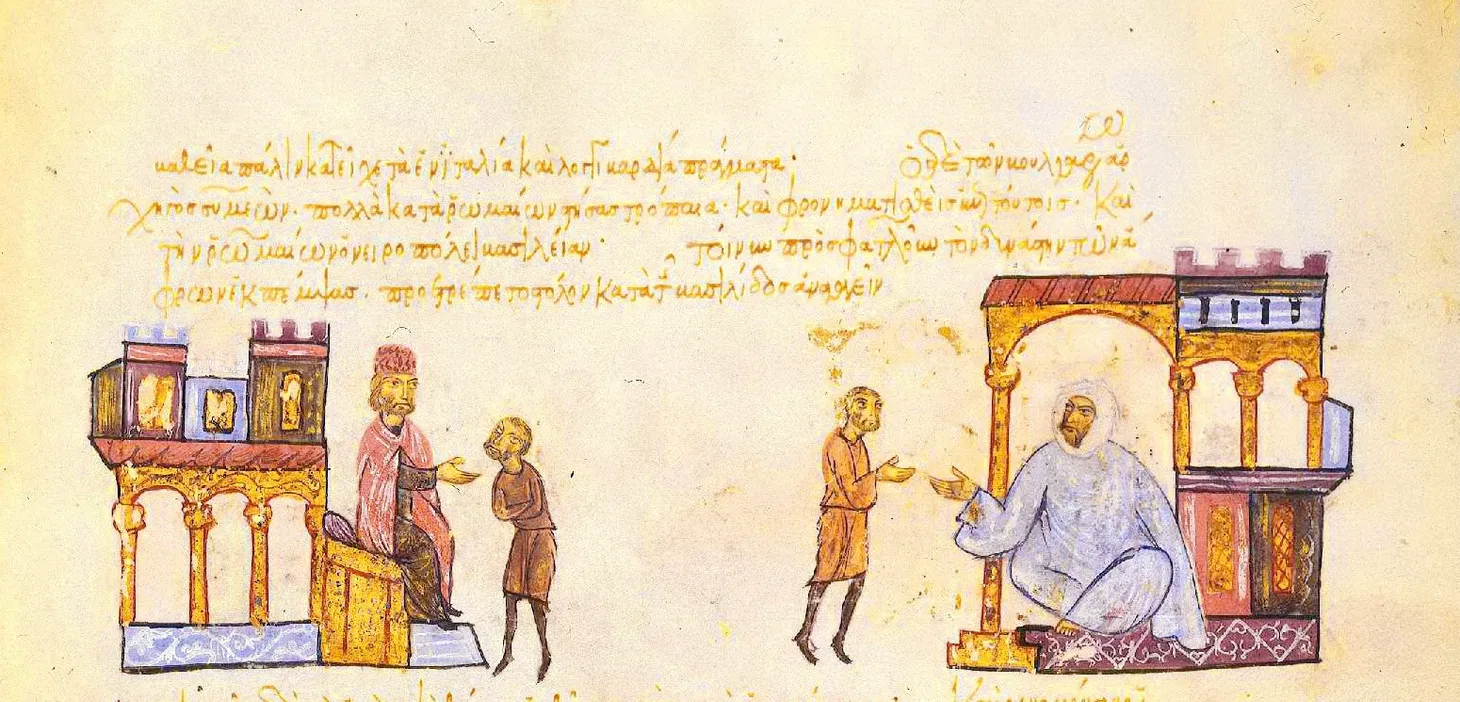“A Great Army is Mobilized”: Mongol Conquests and Governance
Discussion of how to teach Mongol empire-building
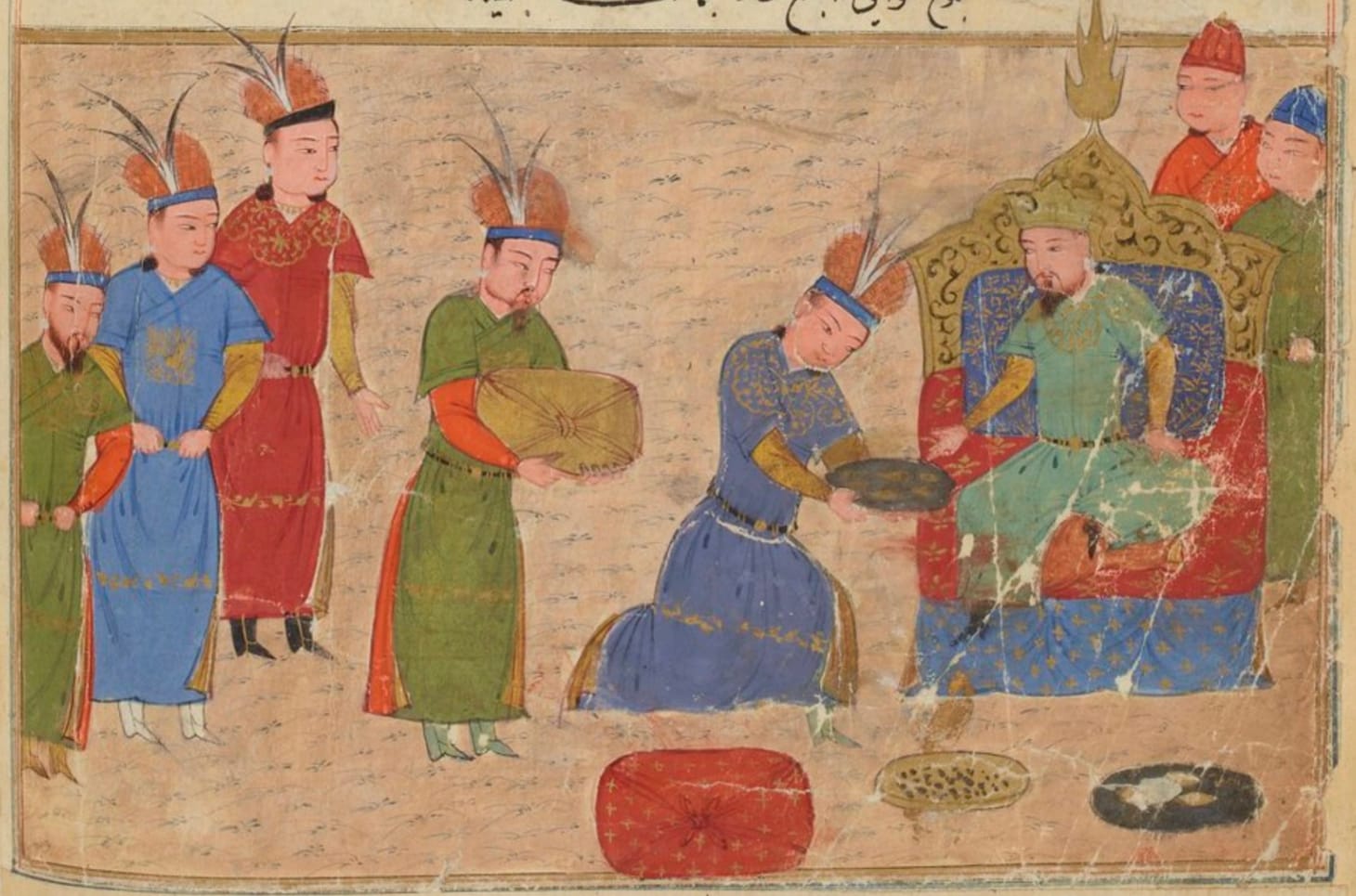
In world history courses, we regularly teach about empires and empire-building. A student once joked that I should change the subtitle of my course to “The Wonderful World of Empires.” Despite world history covering many empires, students often struggle with defining an empire or understanding the relative significance of different empires. When it comes to the Mongols, they often struggle with understanding just how large and significant the Mongol Empire was.
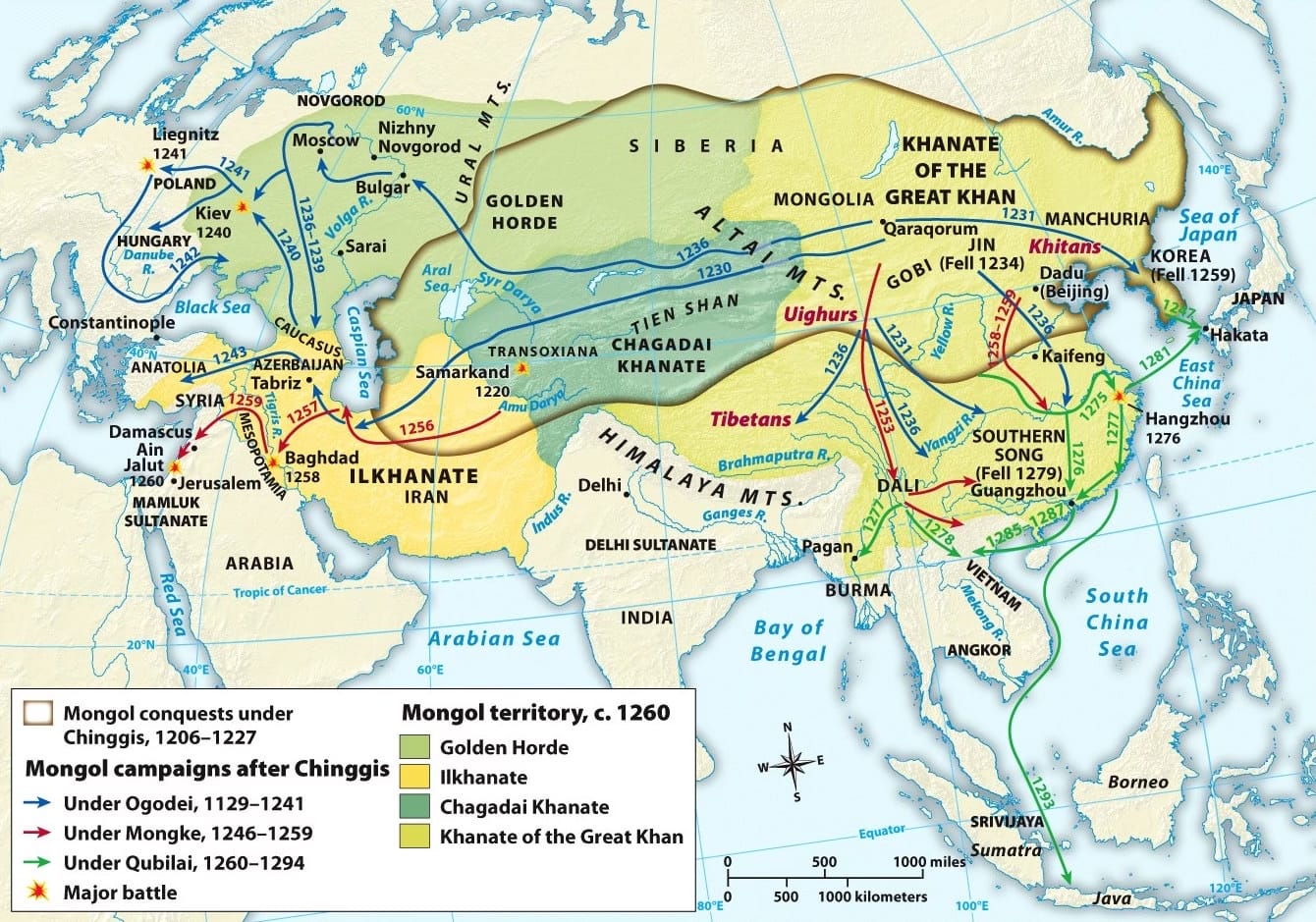
Most textbooks include some map of the Mongol Empire, but it’s often just one map of the empire. Students usually don’t understand how fast and large the Mongol Empire grew or how it compared to other historical empires. We can easily teach the relative size of the Mongol empires by showing a map of the Mongol Empire compared to some other empires. Students can quickly grasp how much larger the Mongol Empire was compared to earlier premodern empires. That difference is essential for students to know how remarkable and challenging it was for the Mongols to conquer and govern such an extensive territory.
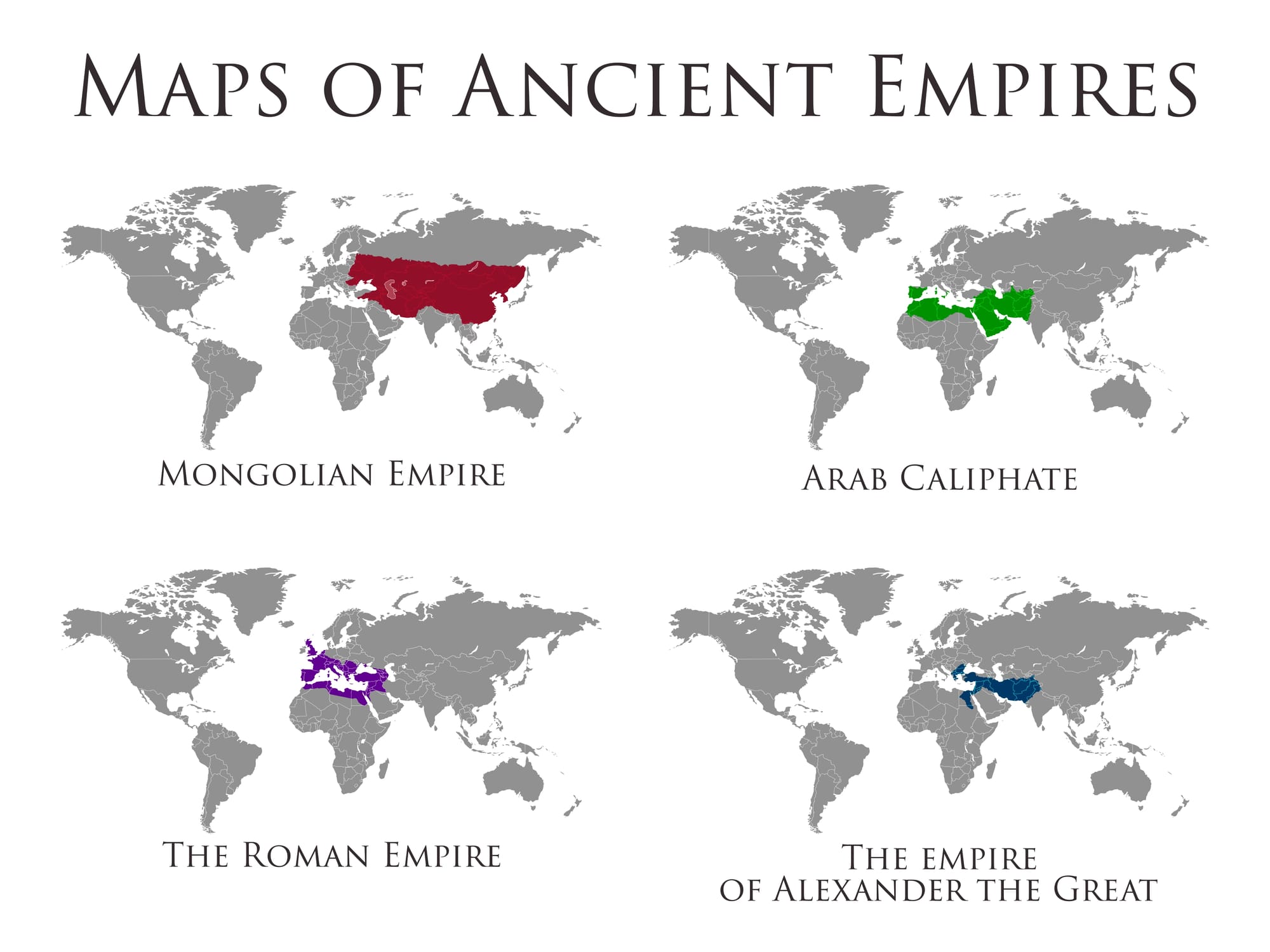
Once students grasp how large the Mongol Empire was, they can begin to make sense of how the Mongols conquered and governed. In a relatively short time (less than seventy years), the Mongol Empire went from nonexistent to the largest contiguous empire in human history. The Mongols conquered this territory through a unique synthesis of techniques that evolved over time. The methods the Mongols used to govern their empire also changed over time. Before 1260, the Mongol Empire was relatively more unified. After 1260, the Mongol Empire continued to exist in name but was, in practice, four separate Mongol states. Using a combination of textual and visual primary sources, students can understand better how the Mongols built their empire.
The Mongol Conquests
This content is for Paid Members
Unlock full access to Liberating Narratives and see the entire library of members-only content.
SubscribeAlready have an account? Log in
